In order to protect your plants year-round, your greenhouse needs to be able to endure all sorts of weather and environmental conditions. Of the four seasons, winter is typically the most treacherous, and as we head into the depths of winter, you’ll need to prepare accordingly. Whether you have a small lean-to greenhouse or a deluxe greenhouse, allow us to share with you how to protect your greenhouse from extreme weather. With these tips, you’ll keep your greenhouse standing and ensure it remains in good condition for as long as possible.
Securing the Greenhouse
Greenhouses have a unique structure that presents challenges you wouldn’t find in other buildings. Whenever there is a forecast for severe weather coming your way—whether that be heavy rain or snowstorms—you should begin making preparations to secure your greenhouse. How you specifically prepare for harsh weather will depend on the kind of weather you’re enduring and the type of materials you use to construct your greenhouse.
Hard Cladding (Wood, Metal, Glass, and Polycarbonate)
For greenhouses that utilize hard-clad materials such as glass, polycarbonate, wood, and more, you will want to have a thorough preparation plan in place. This plan should include preventative maintenance in addition to adding protective measures. For example, you will want to prepare to fix or replace loose and damaged sections of cladding to prevent wind and water from entering your greenhouse. Allowing the wind to infiltrate your greenhouse—especially during severe weather—can be incredibly damaging to the internal climate of your greenhouse and potentially hinder or kill your plants. If your greenhouse has roof vents, ensure they are closed and cannot open during high wind events. Open vents are susceptible to damage and with enough stress, can disconnect from the greenhouse and cause damage to the frame. Louvered windows should be closed on extremely windy days.
Double Poly Cladding
When you expect high winds or hail, you’ll need to open your inflator vents slightly and double-check your greenhouse’s fans to ensure they’re functioning correctly. If the poly is not tight enough, intensive weather can cause a lot of stress on your greenhouse. This additional stress can create anomalies in the material, such as dimples, pooling, small holes, and premature aging from such intensive wear and tear.
Once the extreme weather passes, make sure to reset the inflator vents shortly after. This step will help you avoid stretching the covering long-term.
Accounting for Greenhouse Construction
Consider the shape and size of your greenhouse. Greenhouses are most optimal when they have a slanted roof, as this allows snow and rainwater to run off, preventing the immense weight from damaging the top of your greenhouse. However, large flat surfaces are especially susceptible to wind damage. Taking such factors into account will help you select a greenhouse most suitable for your regional environment or help you identify the greatest hazards to your greenhouse. Lean-to greenhouses have the unique advantage of connecting to your home, and this style allows you to better anchor the structure in place.
General Preparation
After you account for your specific cladding type, there are more ways to prepare greenhouses of any kind. Preparation may be as simple as ensuring fasteners haven’t come loose over time—otherwise, strong winds will likely rip off the cladding. It’s also important to check the integrity of fasteners on structural components such as collar ties, trusses, bracing, purlins, and more. Next, secure all vents and door louvers to help prevent outside air from entering the greenhouse. Keeping the air out of your greenhouse will also help the structure endure harsh winds and lower structural stress.
Lastly, when considering how to protect your greenhouse from extreme weather in winter conditions, you want to make sure your greenhouse reaches the right temperature well in advance to prevent the climate from dropping too harshly. This aspect is especially crucial if your structure is unheated or intermittently heated. If your greenhouse has energy curtains, keep them retracted so that the heat can reach all the way to the roof. If your greenhouse uses a heater, make sure the thermostat is set to an appropriate temperature for your plants. These preventative measures will help you during heavy snow accumulation, as snow that doesn’t melt can get very heavy very quickly. Make sure to slough off any accumulated snow with a broom after a heavy snowfall. Without taking these measures, your greenhouse likely won’t be able to sustain the weight and could collapse after intense snowfall.
Monitor Hazards on Your Property
Because you’re so focused on the center of your operations—the greenhouse itself—it can be easy to neglect the surrounding environment on your property. Make sure that you’re aware of any potential hazards in or around your property that may cause further complications for your greenhouse. Extreme weather can greatly exacerbate those hazards and make them a threat to your greenhouse. This is also a good opportunity to examine the exterior of your greenhouse to ensure it has not sustained general wear and tear or damage from recent weather.
Before intense weather hits, walk around your greenhouse and remove any debris or objects that the wind could lift and throw against your structure, potentially damaging the greenhouse’s cladding. Similarly, make sure to store any chemicals or fertilizers in a secure location so that the weather cannot damage them.
Practice Your Safety Measures
Because severe weather is a year-round predicament that strikes at any time, you should take some time during good weather days to practice your preparations. This measure allows you to take quick action when severe weather appears in the forecast, and you’ll be far more efficient in making preparations before the weather goes bad. If you’re working with someone else to secure your greenhouse, practicing these measures is also a good way to ensure you both know your responsibilities and how to communicate.
You can also use this opportunity to discover and address any unique needs or issues your greenhouse may have. Everyone’s greenhouse setup is a bit different, so you may have particular issues you need to account for that others don’t. During this time, perform any preventative maintenance since such maintenance won’t be easy on short notice. Not having to worry about structural weaknesses or vulnerabilities will also make the act of preparing for severe weather much more straightforward.
If you need assistance maintaining and preparing your greenhouse for severe weather, you can always reach out to us at Sturdi-Built Manufacturing. As specialists in redwood greenhouses, we’ll be happy to provide expertise and aid. If your current greenhouse is simply wearing out with age and cannot withstand intense weather, our greenhouse kits are excellent replacements that provide quality and convenient construction.
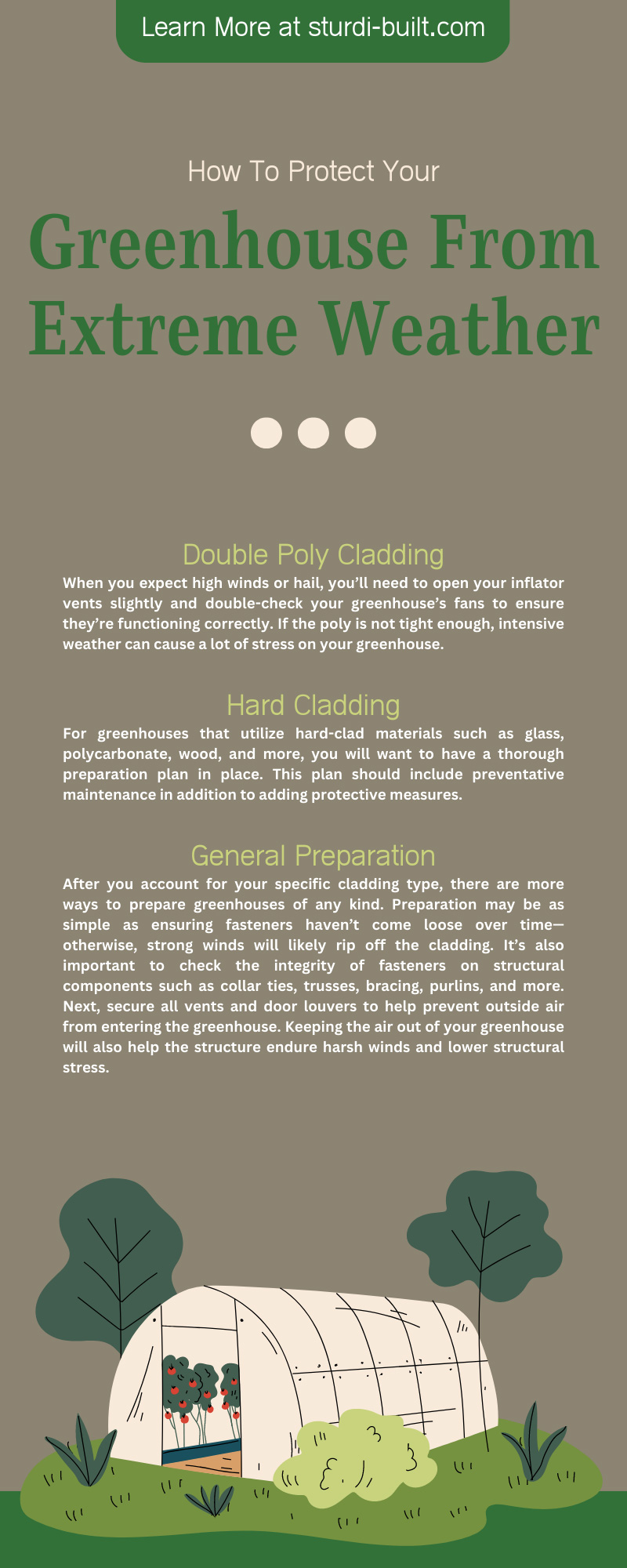





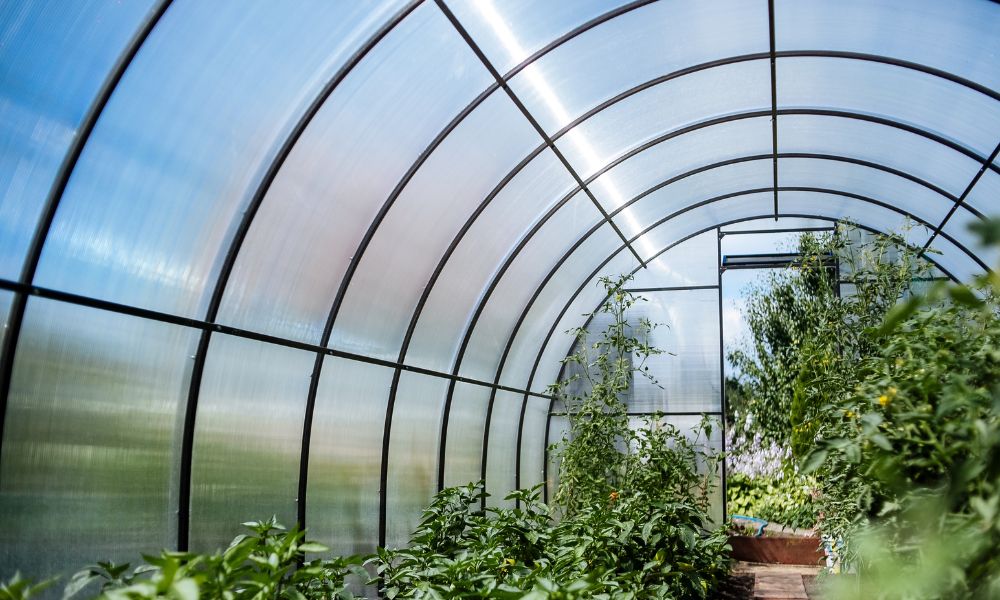

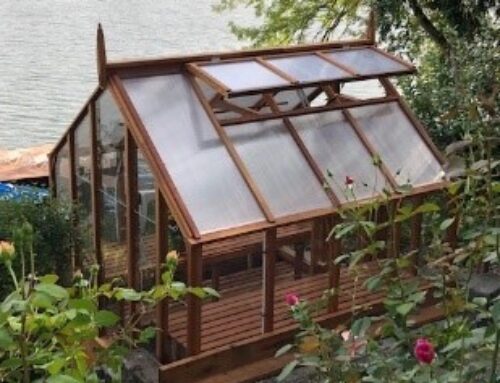
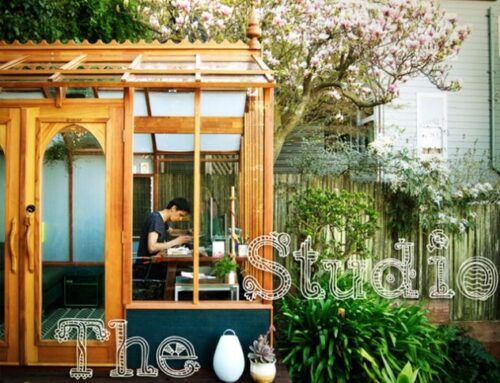
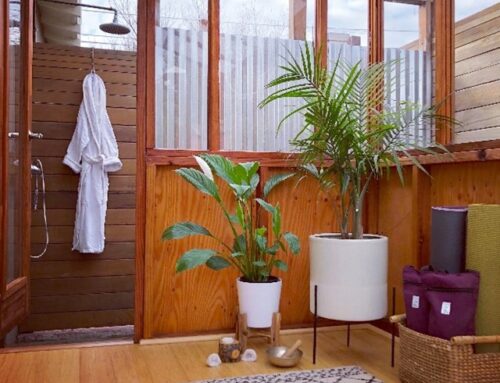
Leave A Comment